General Reflection
Over the past three years, I set out with clear learning goals, mastering 3D modeling, electronics prototyping, and user‑centered methods, to evolve into a healthcare‑focused designer whose work is as clean and simple as it is impactful. From my first foam‑and‑wood mock‑ups to high‑fidelity, 3D‑printed parts that function seamlessly, I deliberately chose projects and extracurriculars that aligned with my Professional Identity and Vision.
In Project 2’s Health & Inclusive Design squad, I grounded my minimalistic aesthetic in rigorous user research; in Project 3’s Vitality squad, I balanced form and data‑driven feedback; during my NUS exchange on the assistive device, I merged technical fluency with a visually‑driven approach; and as an Honors programme participant in Empowerment for Health & Well‑Being and USE‑line digital‑twins specialization, I translated stakeholder insights into iterative, high‑quality deliverables within the healthcare/well-being field.
My final bachelor project, Oculo, brought these strands together—integrating Business & Entrepreneurship through a solid market analysis, Creativity & Aesthetics in its sleek, & compact form, Technology & Realization via wireless electronics and full‑stack UI/UX, Math, Data & Computing in analytical user studies, and User & Society through expert interviews that shaped clinical relevance. Along the way, I learned to reflect in action—pivoting my process when real‑world feedback demanded—and to reflect for action by setting new goals, such as deepening my AI‑driven data‑analysis skills in the Artifice squad. This critical yet constructive stance ensures that each future learning activity not only strengthens individual expertise areas but also reinforces their interconnections, driving me toward my vision of accessible, durable medical solutions that genuinely improve lives.
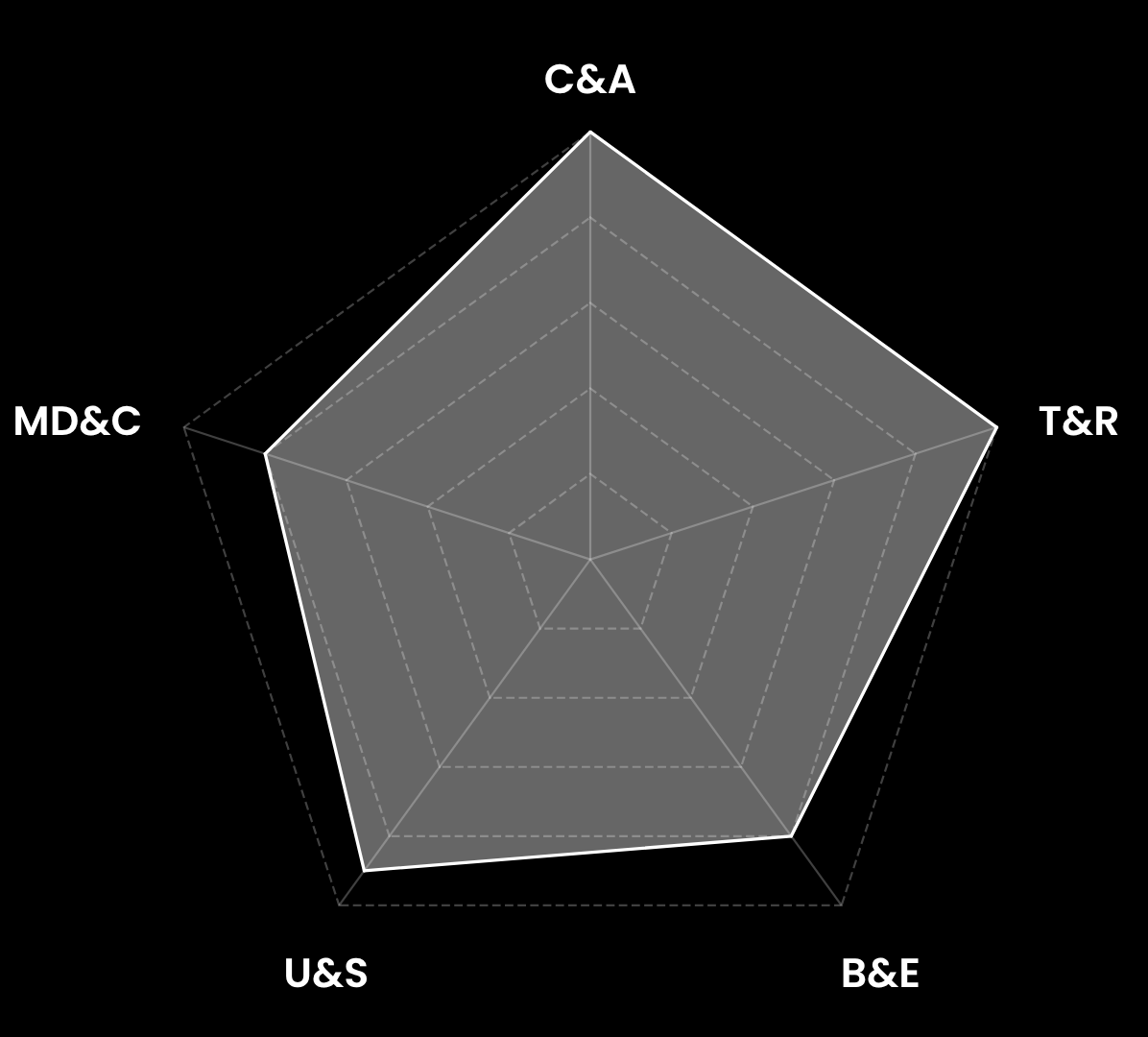
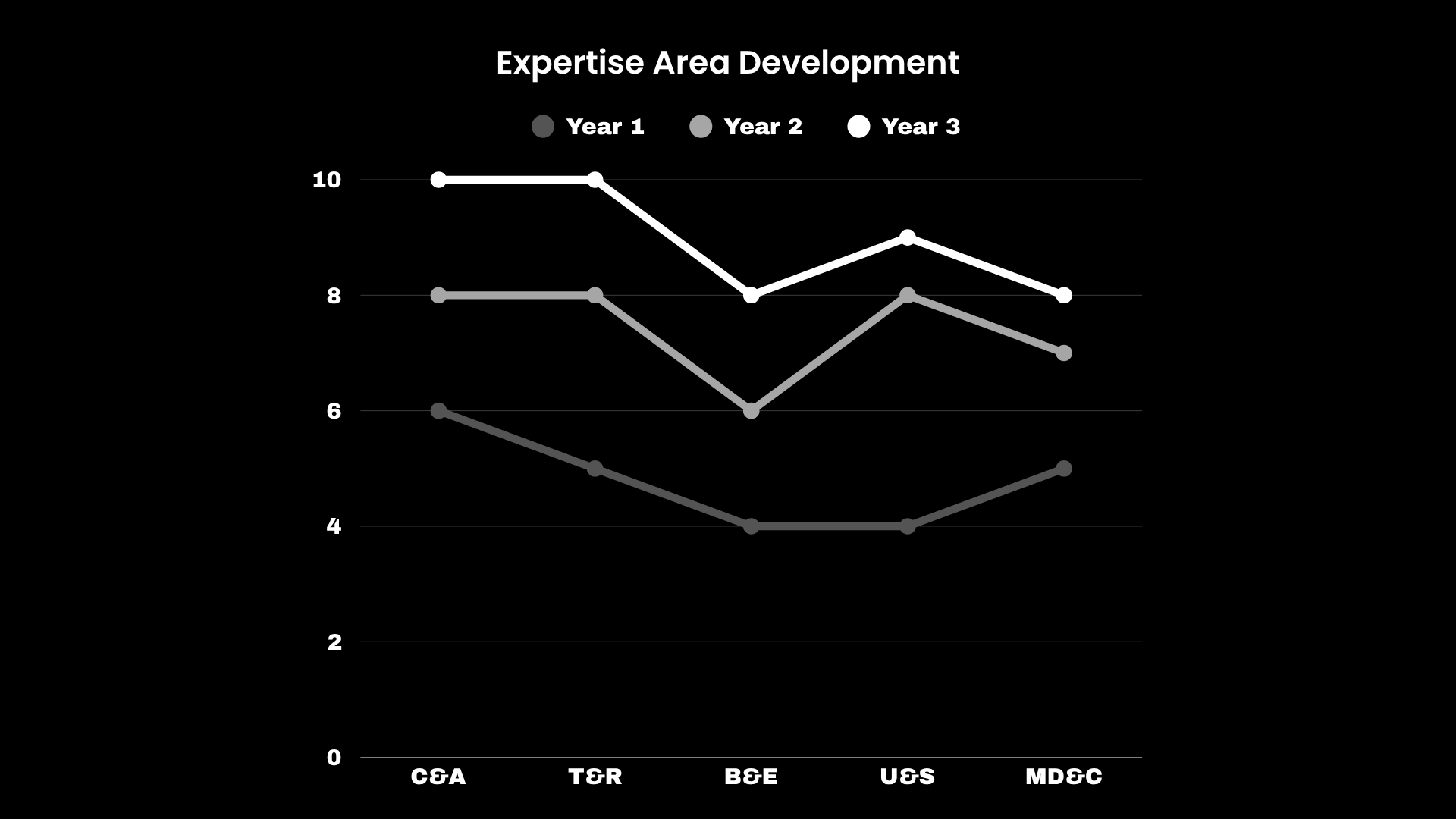
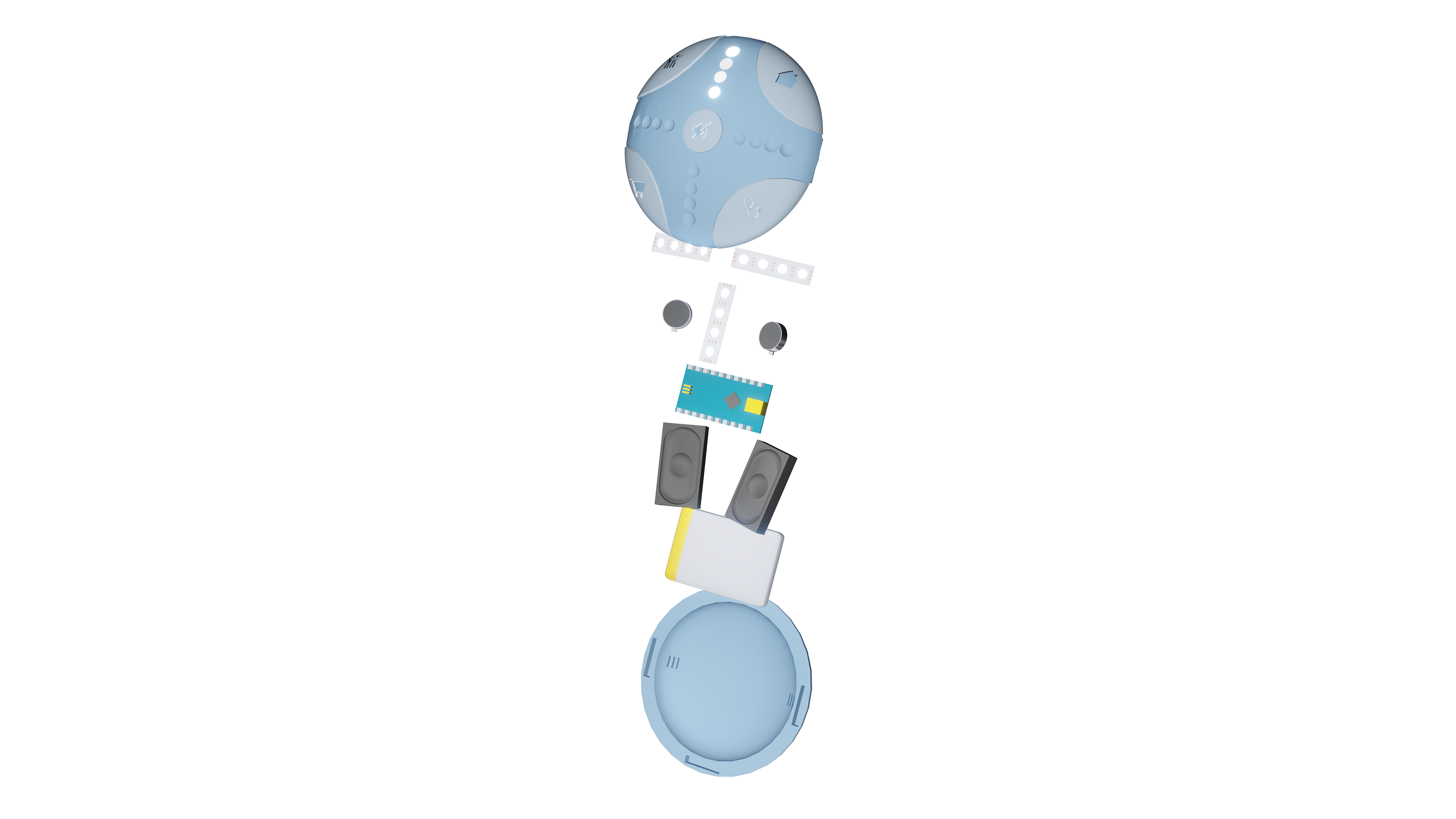
Project 2 Prototype
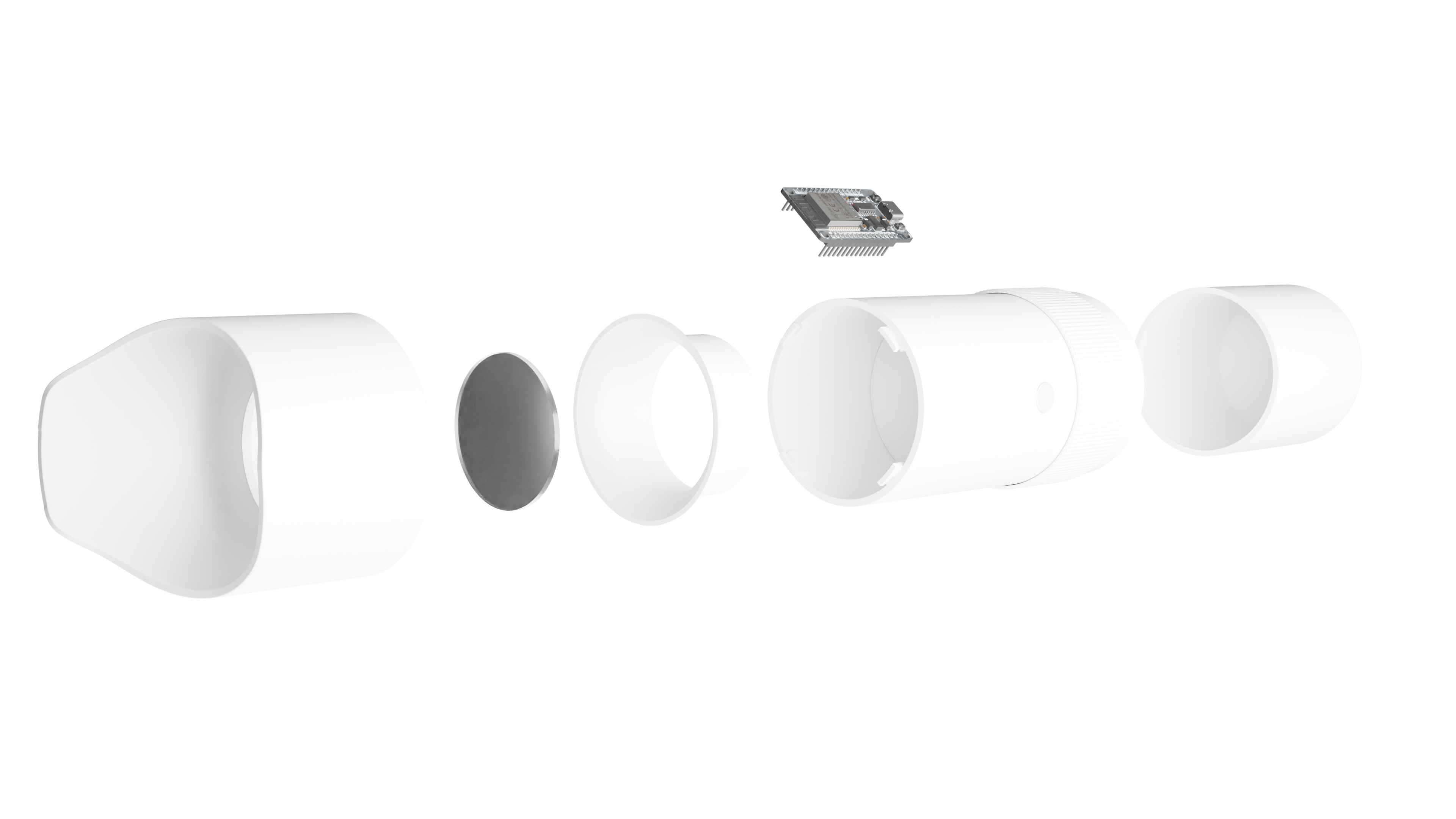
FBP Midterm Prototype
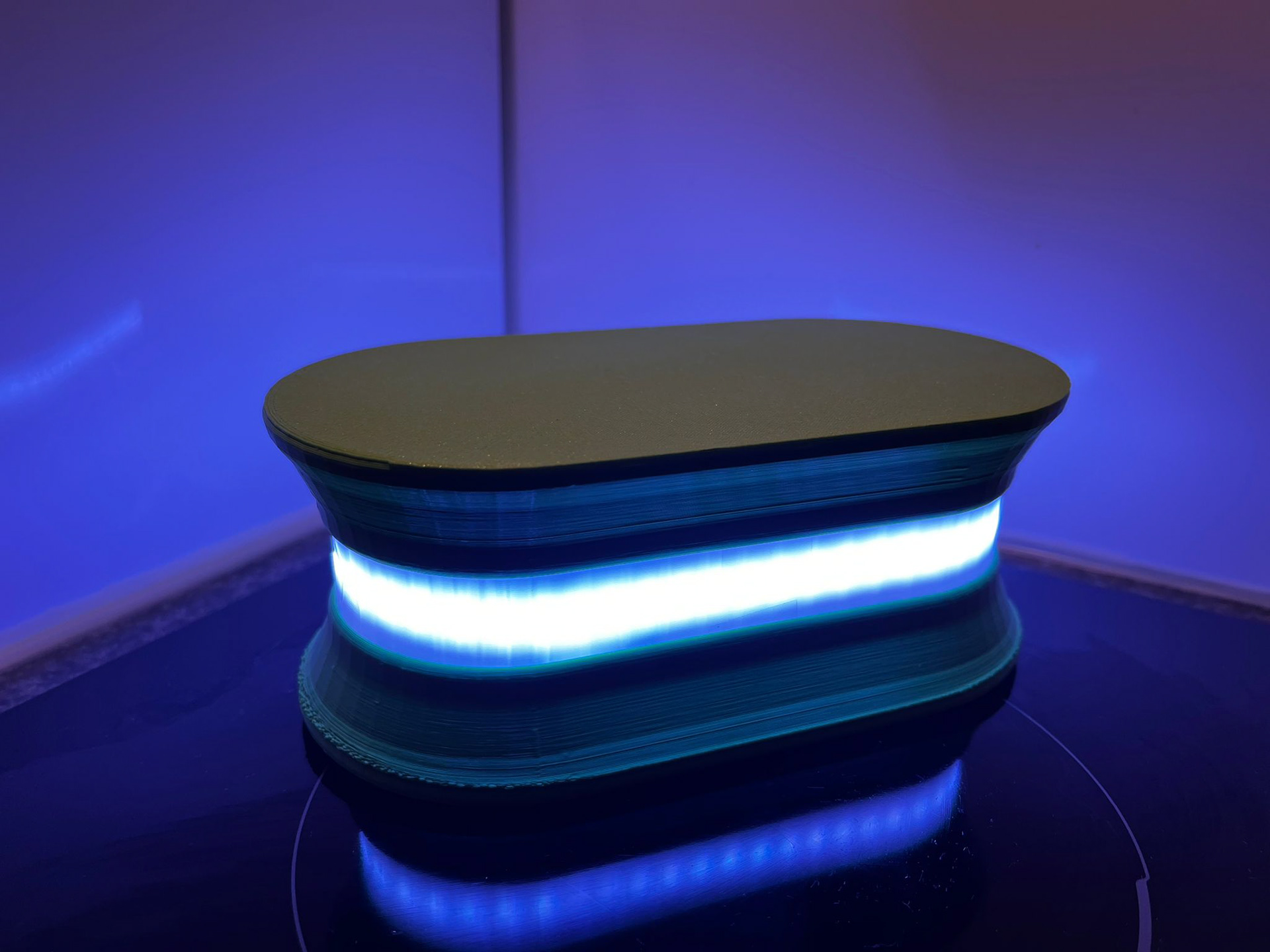
Project 3 Midterm Prototype
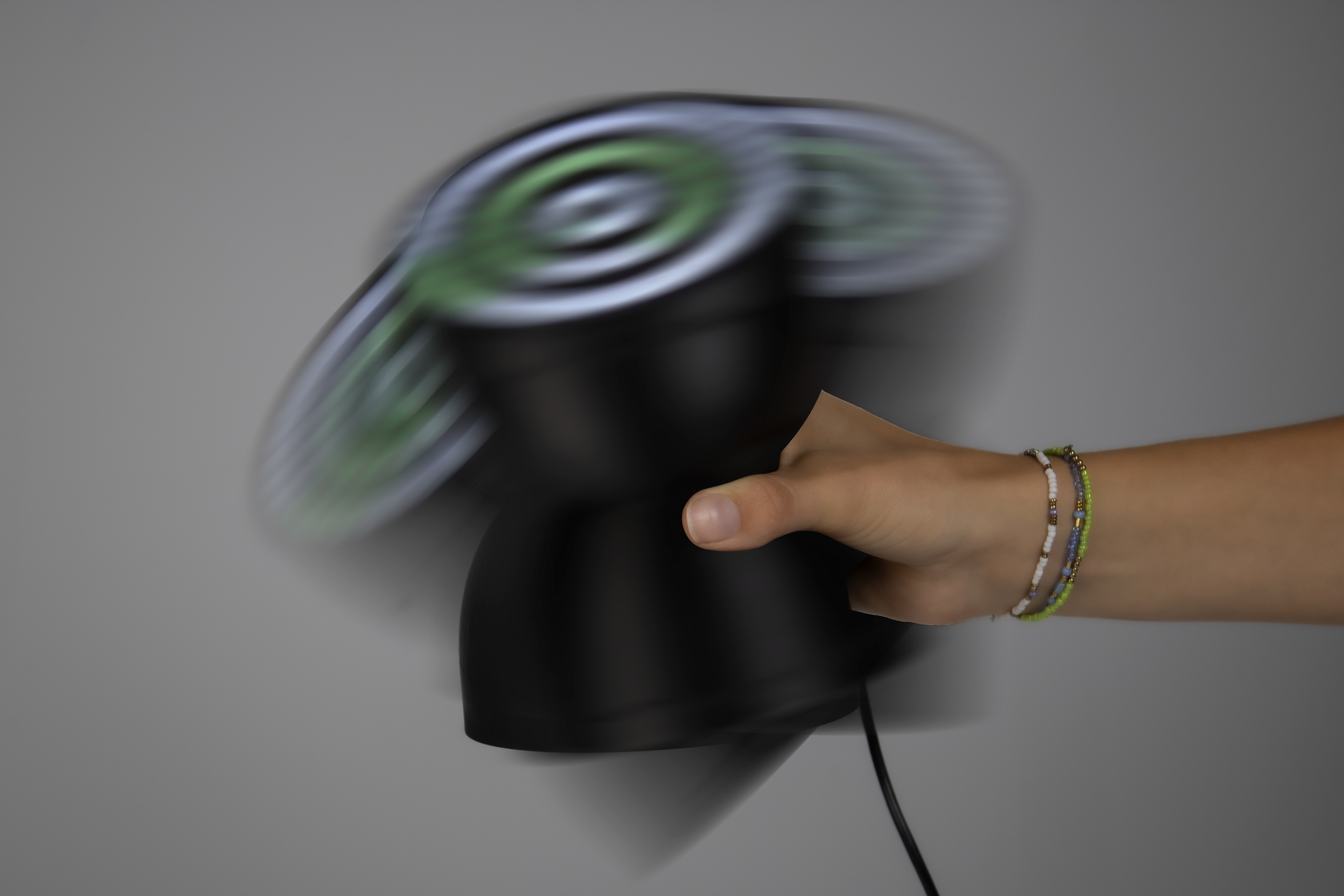
Project 3 Prototype
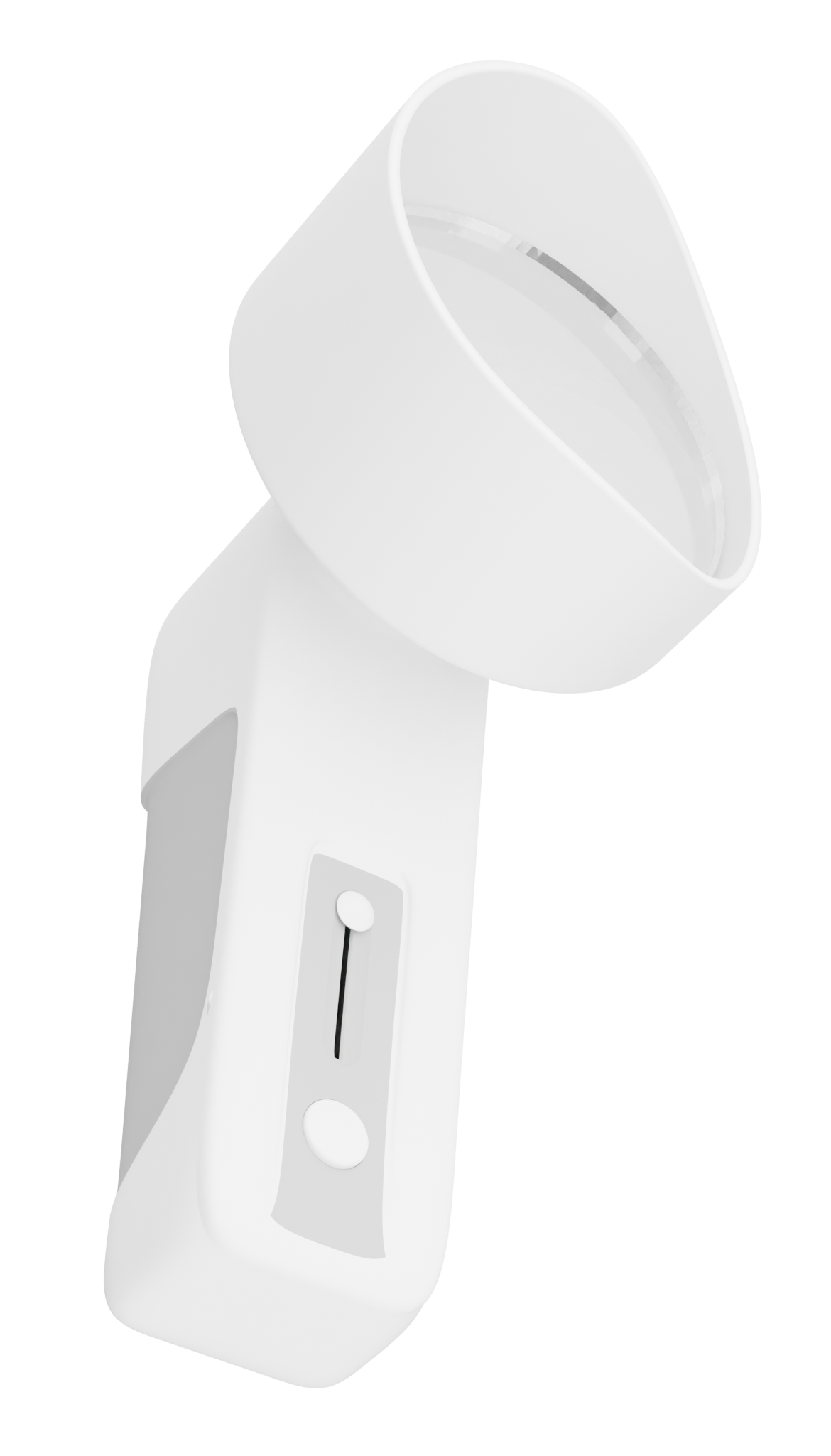
FBP Iteration
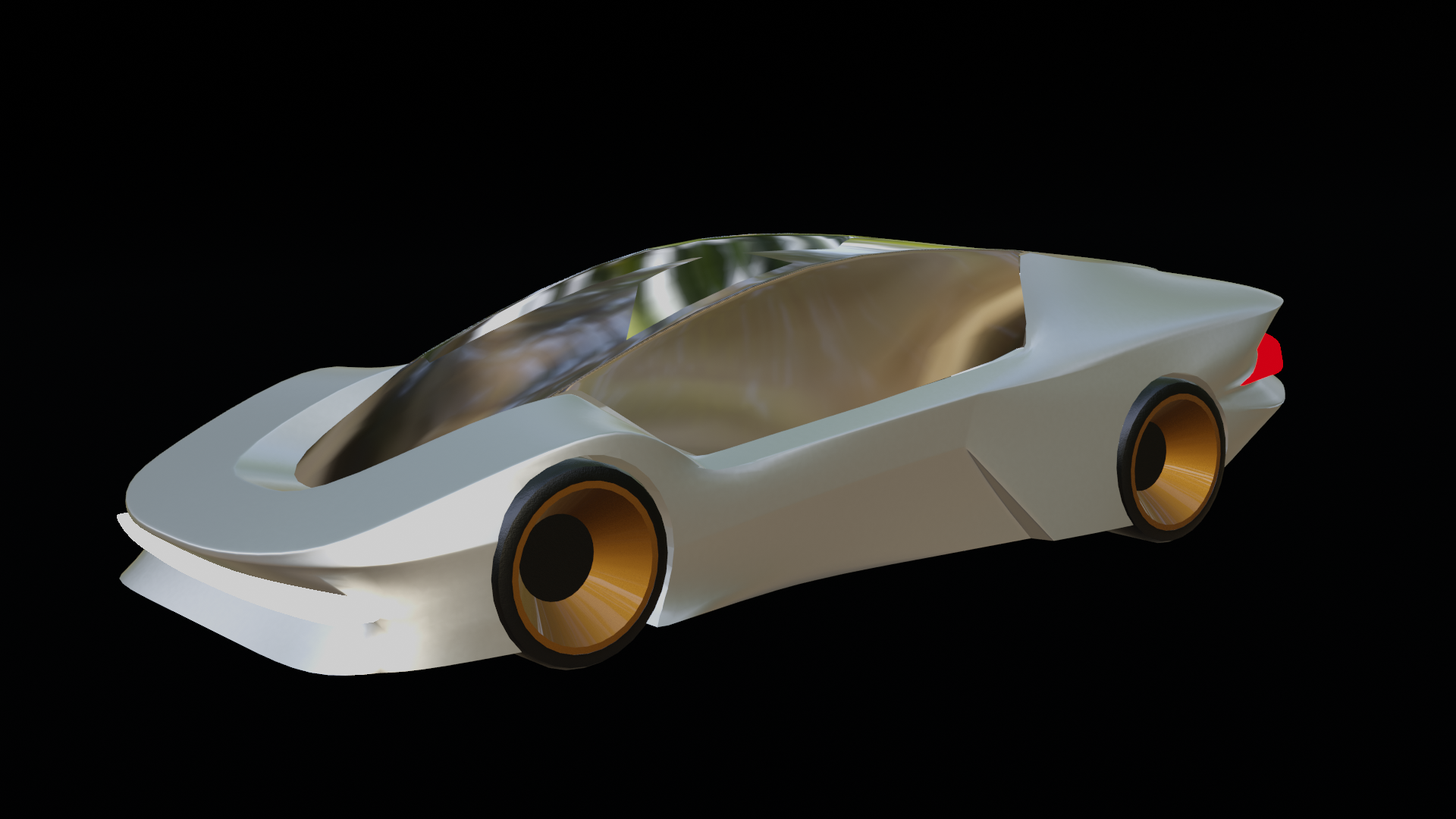
TU/Ecomotive Concept
Creativity & Aesthetics
As a designer, this is an expertise area that I often find myself improving and learning about. Throughout my projects, I am also iterating my designs to make them more aesthetic or to improve the design. I also enjoy innovating creatively with no limits as a starting point for my project. I push my creative boundaries through sketching, 3D modeling, prototyping, and branding. In Navimate, iterative sketches and models helped me sculpt a handheld form that feels approachable and reassuring for visually impaired users.
With Serene, I learned that a product’s emotional tone—calming visuals and intuitive interactions—is as crucial as its function. On the TU Ecomotive team, I translated bold Blender concepts into manufacturable car surfaces, balancing aesthetic flair with production constraints. At NUS, I refined brand identity and produced high‑quality renders to unify the visual narrative and user interface. These experiences taught me that Creativity & Aesthetics thrive only when grounded in real‑world execution, paving the way for precise Technology & Realization integration.
Technology & Realization
Technology & Realization has been a key focus throughout my development as a designer. From the beginning of my studies, I actively sought out opportunities to strengthen my practical skills—starting with Arduino and sensor-based interactions in Creative Electronics, where I designed a working prototype with custom circuitry and mechanical motion. Across various projects like Navimate and Oculo, I expanded my skills in electronics integration and programming, working with platforms such as Arduino IDE and ESP32 to build interactive, functional prototypes.
In the TU Ecomotive team, I led CAD efforts using Blender and SolidWorks, designing precise “design-to-fit” assemblies for a fully functional car. This taught me how to translate aesthetic decisions into manufacturable outcomes, considering tolerances, materials, and production constraints. I also designed and developed a website during my exchange, further expanding my technical abilities into the digital domain.
Over time, I progressed from basic foam and wood models to highly refined 3D-printed parts using PLA and SLA, gaining deep knowledge in additive manufacturing, such as wall thickness optimization, part orientation, support structures, and post-processing. These hands-on experiences have given me a solid foundation in building reliable, functional prototypes that support user testing and communicate design intent effectively.
These technologically grounded experiences have also required me to engage with logic, data processing, and performance parameters—naturally bridging into the Math, Data & Computing expertise area.
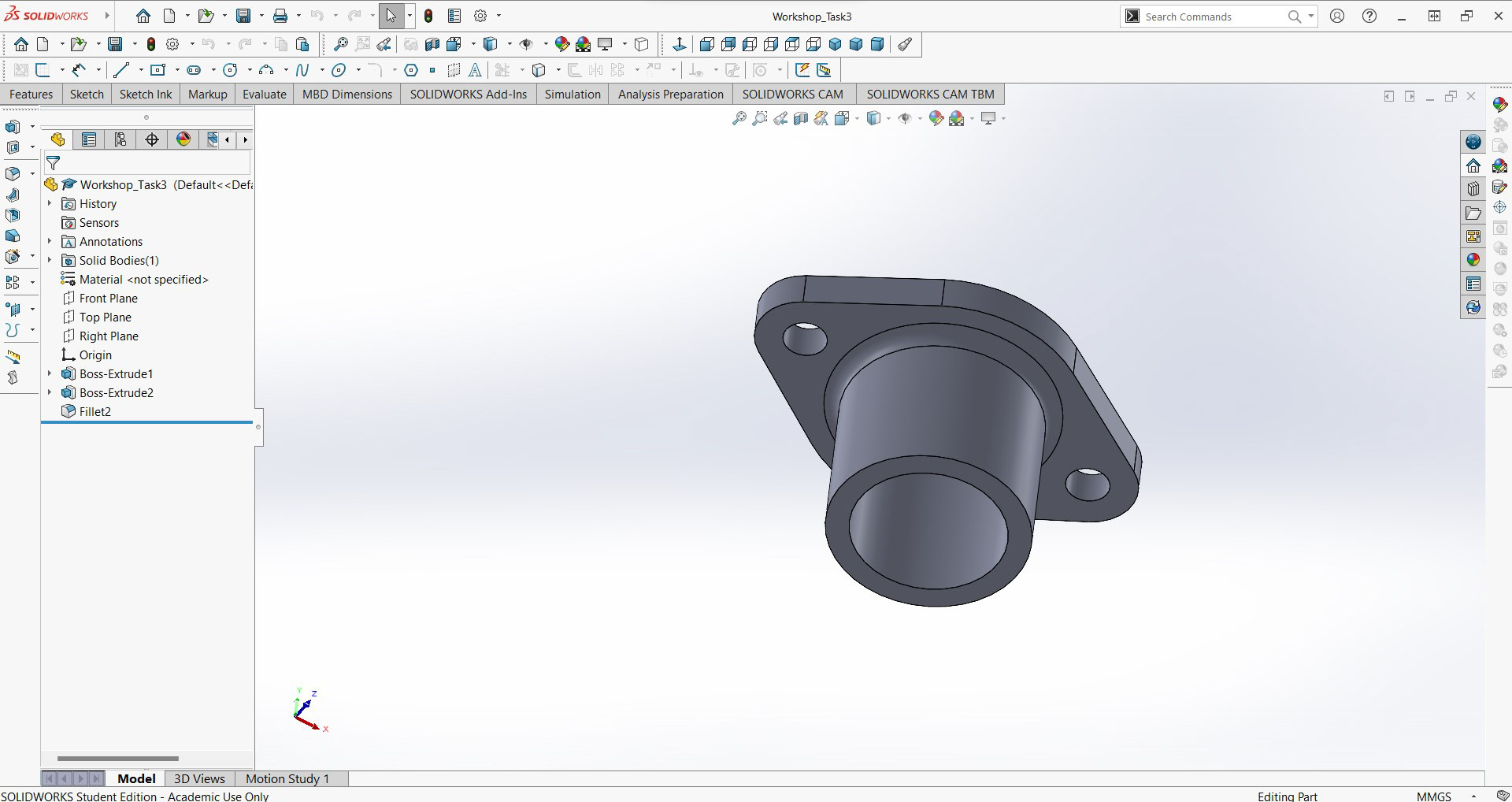
Component Design SolidWorks
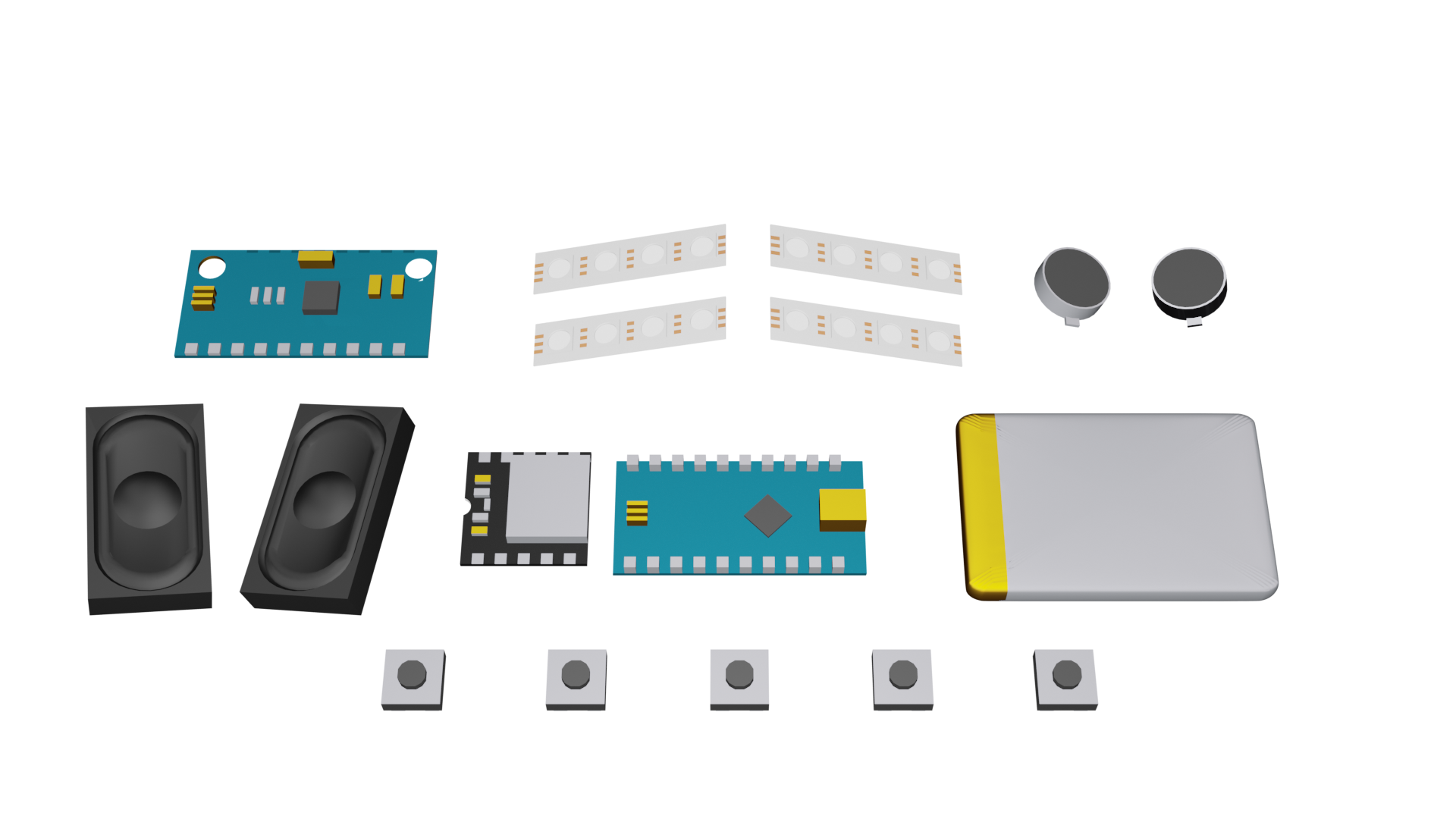
Project 2 Electronics Overview
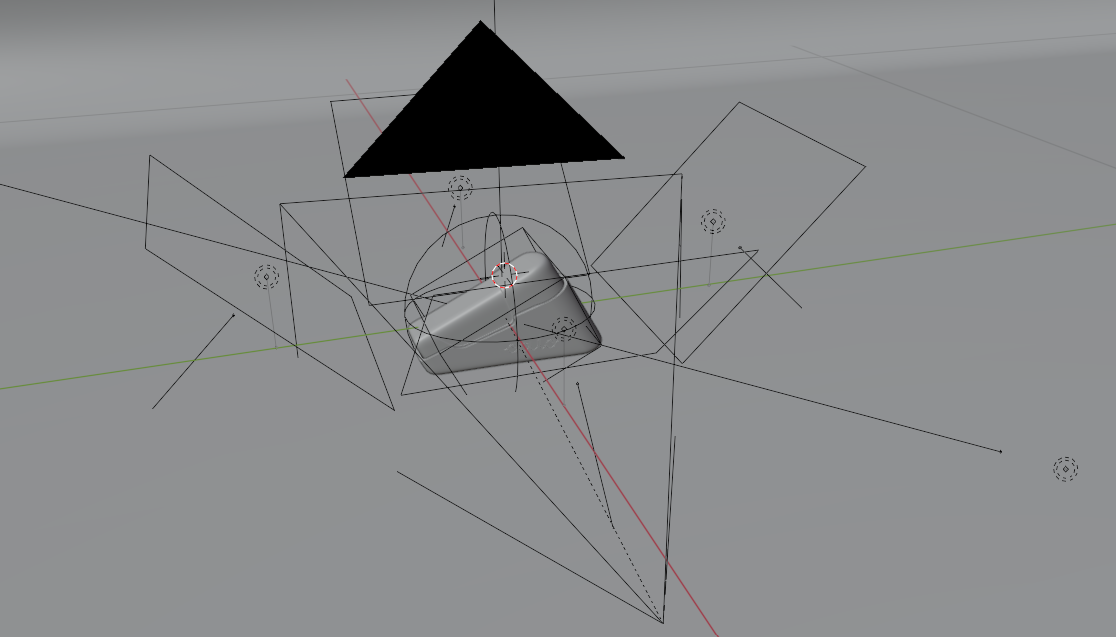
Render Setup in Blender
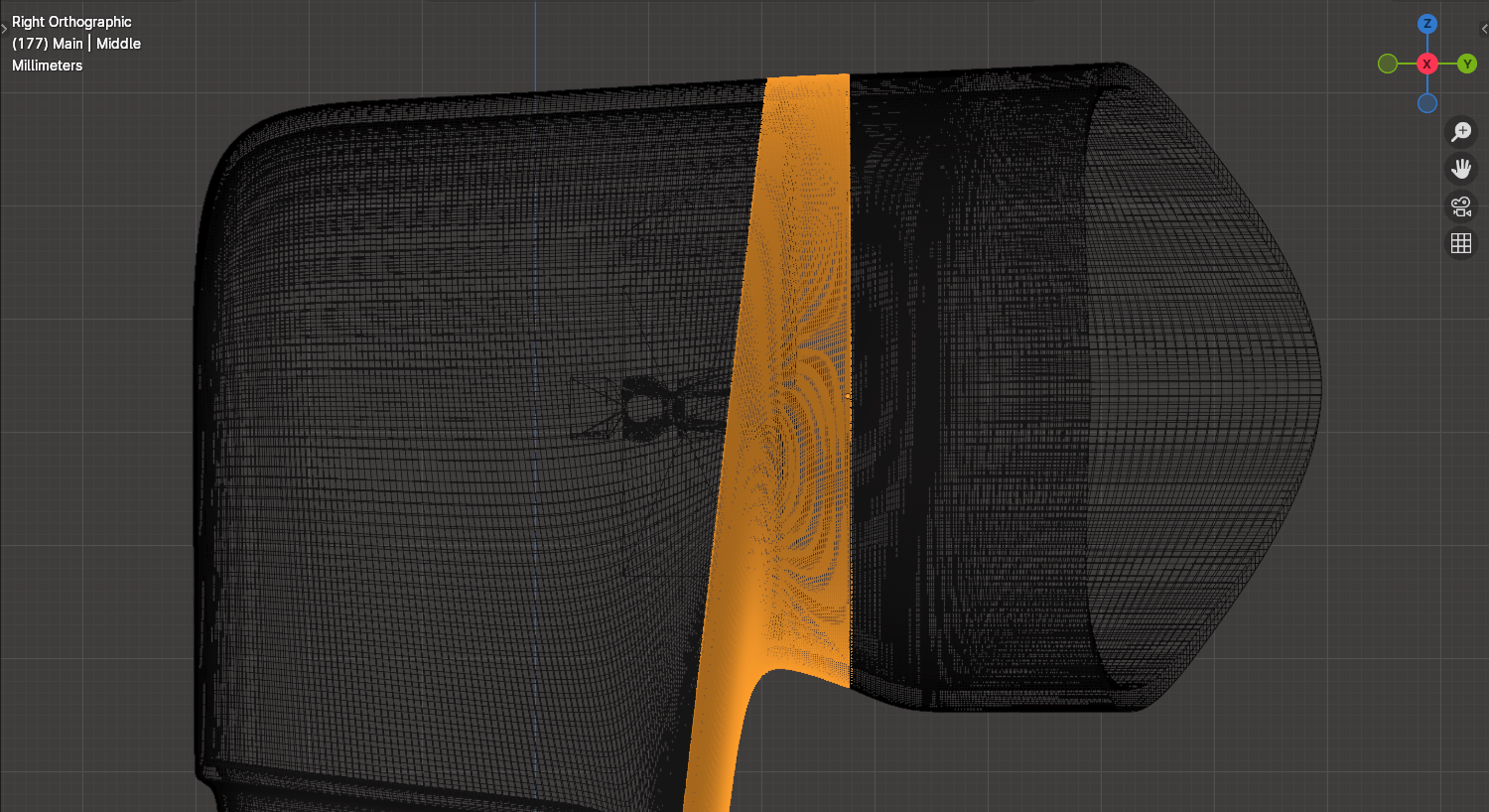
3D Modelling in Blender
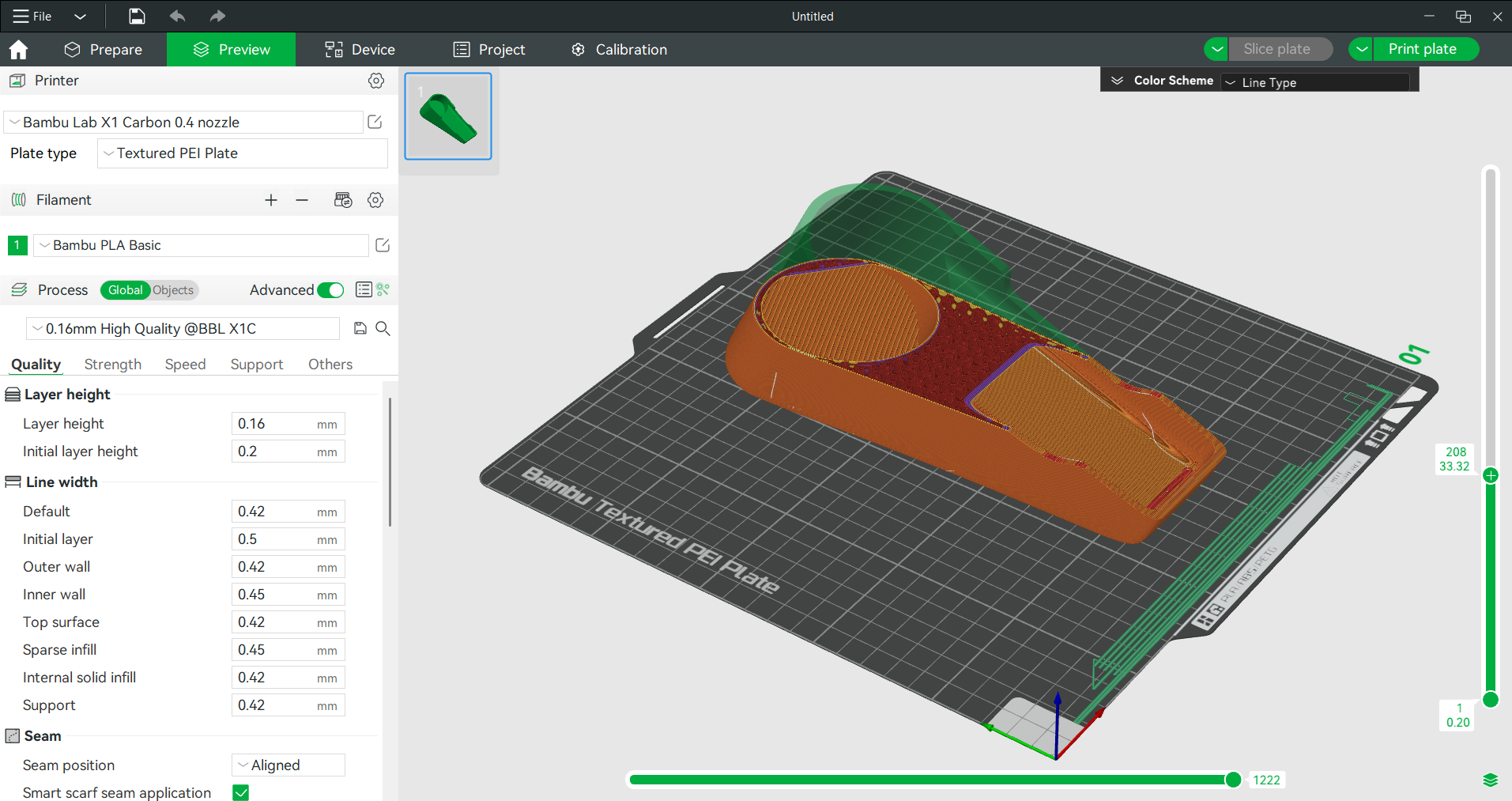
3D Print Slicing
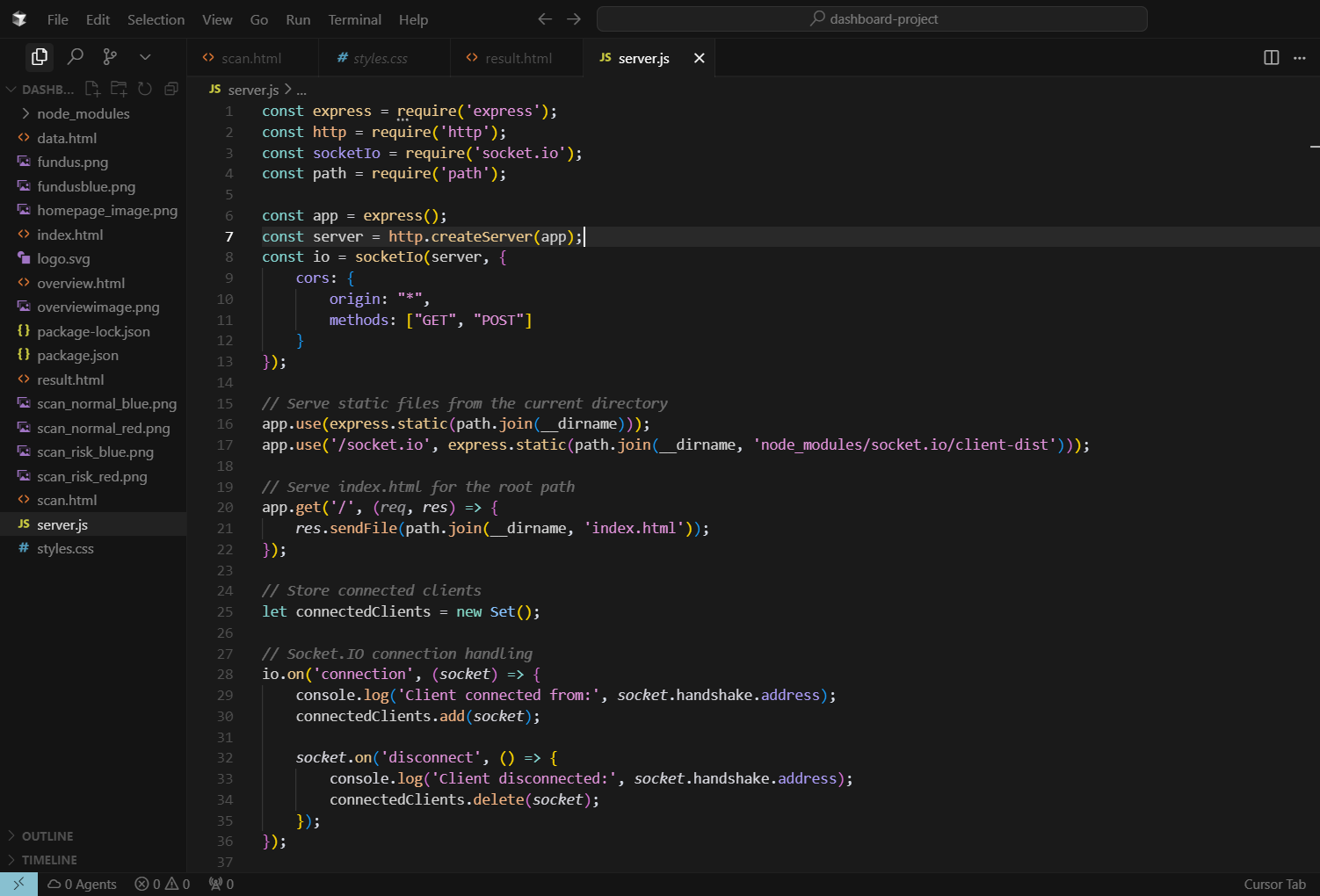
FBP Website Code
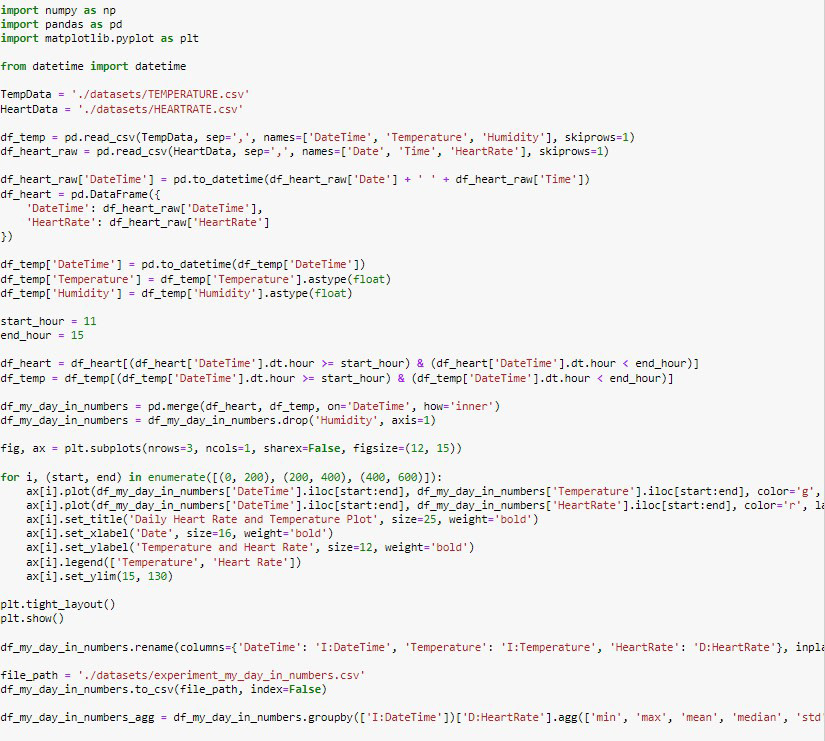
Data Analytics - Python Data Processing Code
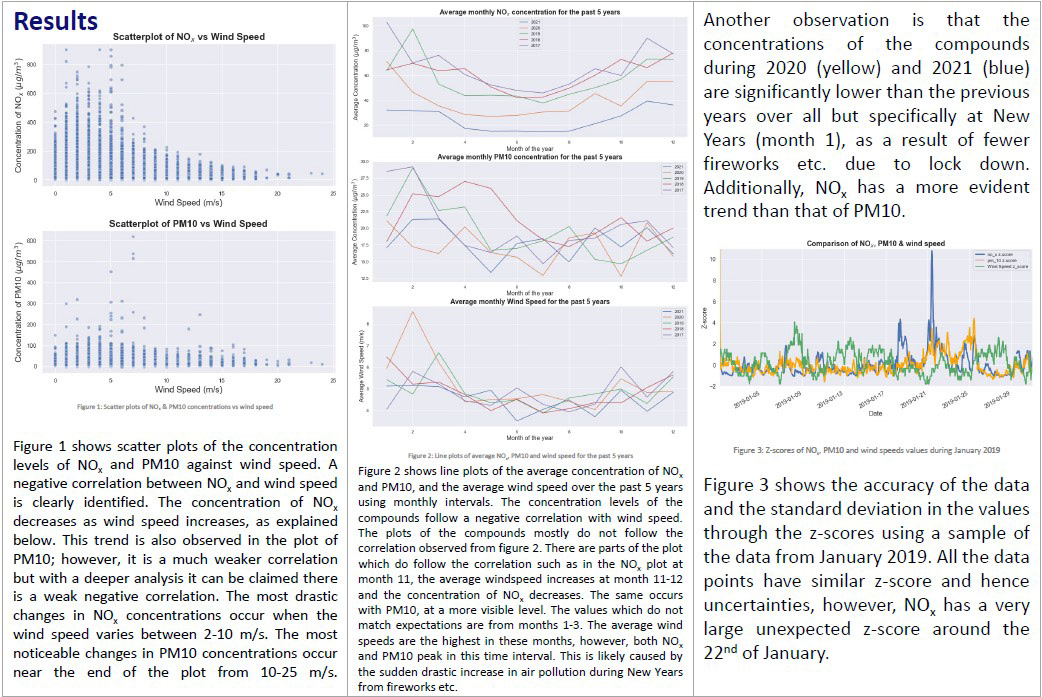
Data Analytics - Processed Data Visuals
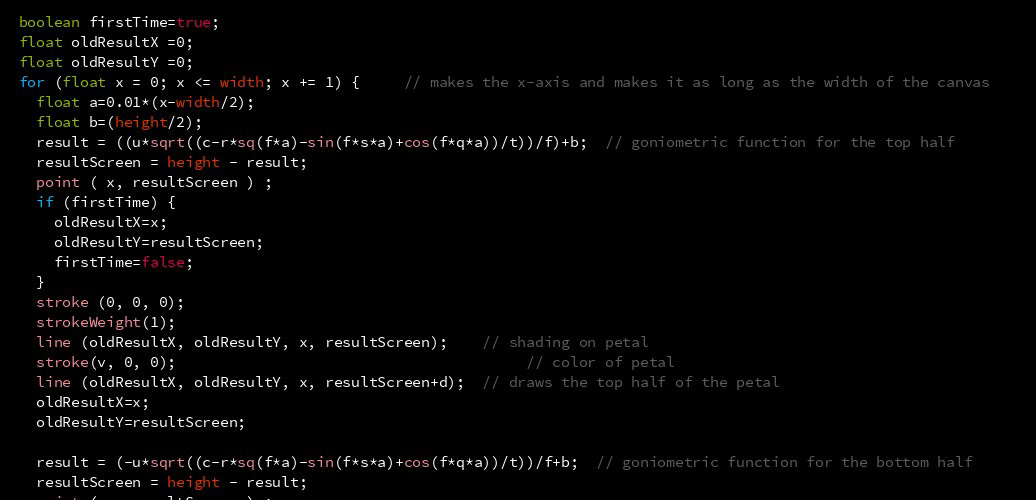
Creative Programming Code - Ginometric Functions
FBP AI Workflow
Mata, Data & Computing
Math, Data & Computing is an expertise area I actively developed throughout my Bachelor's. Early on, I explored generative design using Processing in my project Rose, where I used mathematical functions to create unique rose-like patterns through code. This gave me an appreciation for how math and logic can support creativity.
Later, through courses like Data Analytics for Engineers and Making Sense of Sensors, I learned to gather, clean, and analyze real-world data. I worked with data from smartwatches and temperature sensors, learned statistical analysis, and visualized outcomes to support hypotheses—skills I later applied in user evaluation and design validation.
Most recently, in my Final Bachelor Project, I integrated AI into the product using an AI workflow model. This relied heavily on my prior experience with data processing, sensor integration, and logic from across various courses.
These data-driven approaches not only strengthened the technical foundation of my work but also supported the creation of meaningful, user-centered solutions, highlighting the strong connection between Math, Data & Computing and the User & Society expertise area.
User & Society
User & Society is an expertise area I’ve consciously focused on developing throughout my bachelor's. Initially, I had limited experience with user research or social design methods, but through several key projects, I gained both confidence and skill. In Project 2 and Project 3, I engaged deeply with user needs through interviews and contextual research, shaping the design direction based on user behavior and cognitive limitations.
In the User-Centered Design course, I developed FitCheck, an app concept focused on promoting a healthy lifestyle—backed by user studies and feedback loops. My Honors project further challenged me to consider user empowerment in healthcare contexts, and in my Final Bachelor Project, I conducted in-depth expert and end-user interviews to ensure my design addressed real needs. Understanding users on this level directly supports my ability to identify viable, feasible, and desirable solutions—bridging seamlessly into the Business & Entrepreneurship expertise area.
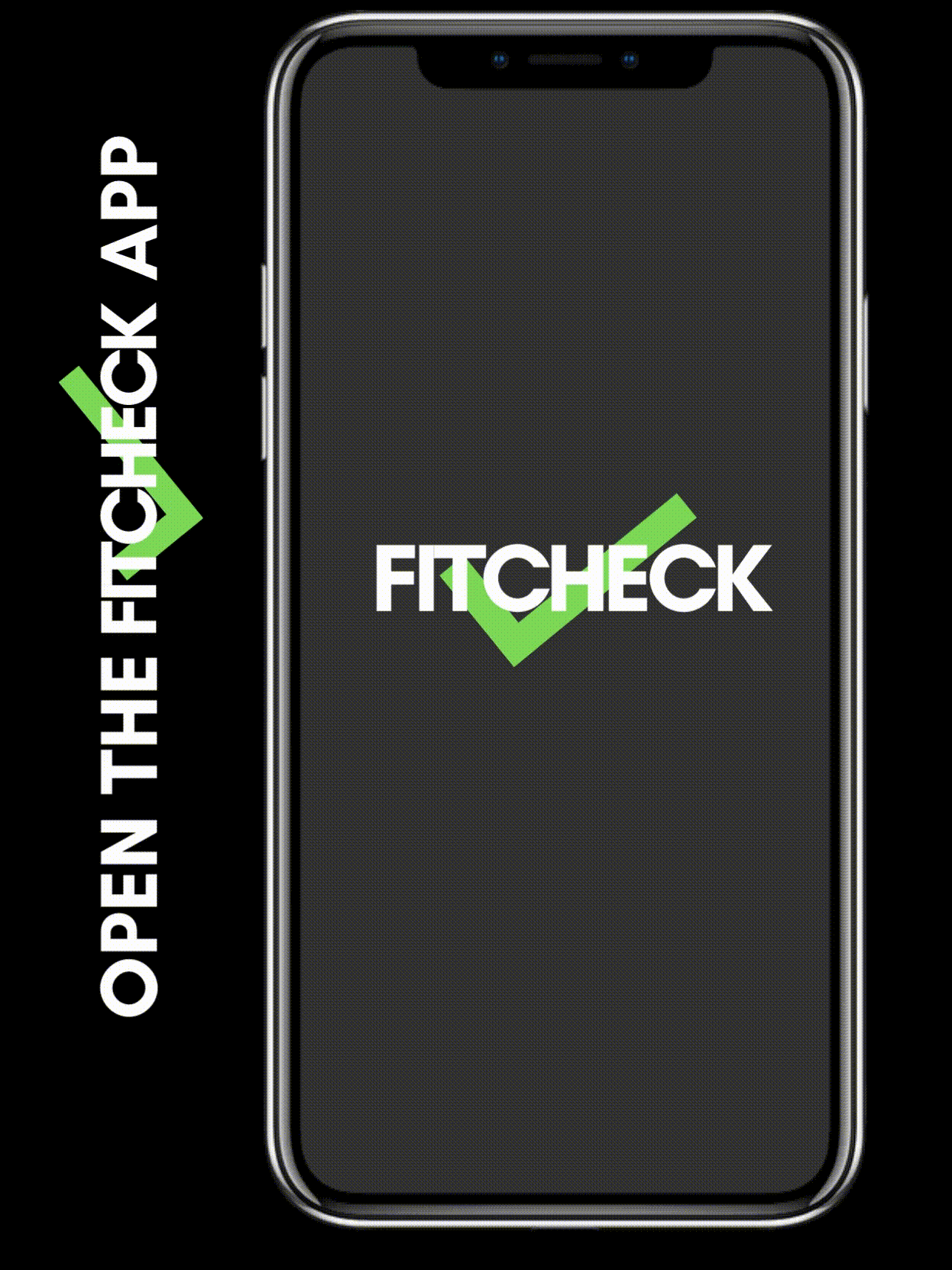
Fitcheck App Concept
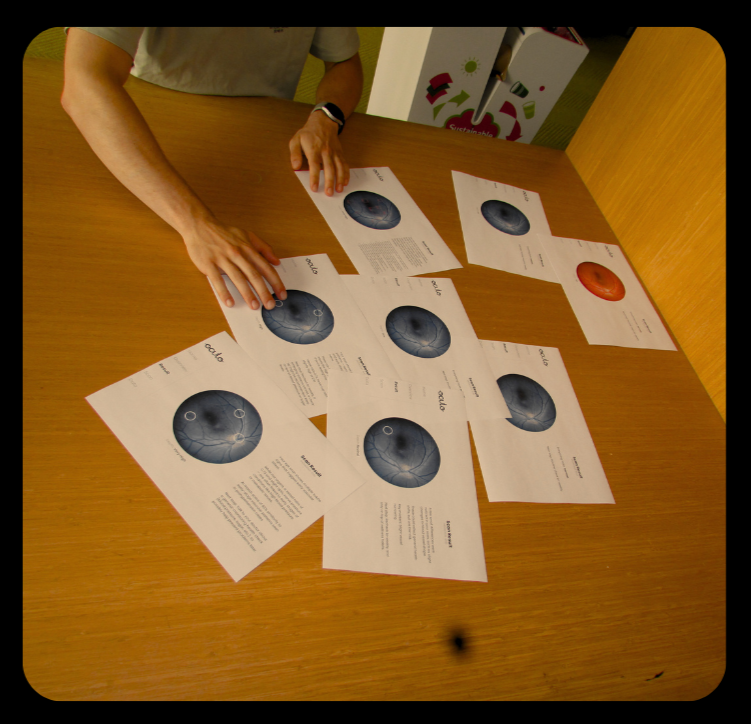
FBP User Interview

User Testing Honors
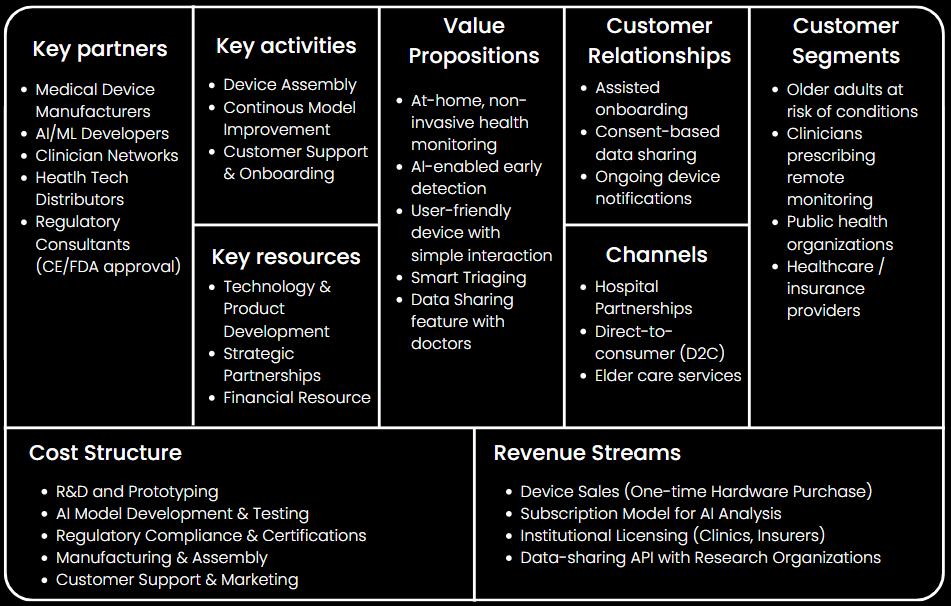
FBP BMC
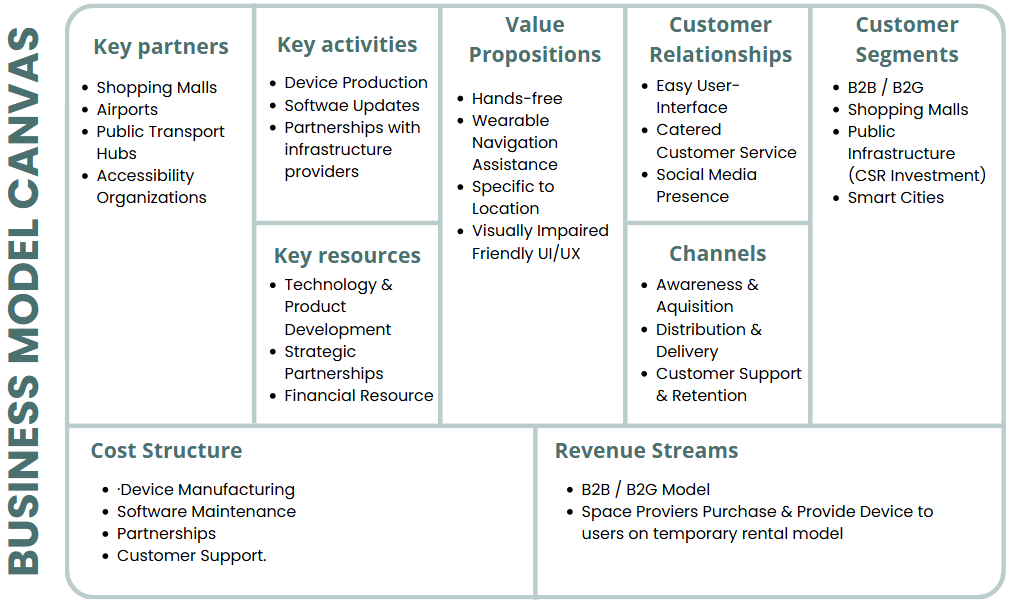
Navisense BMC
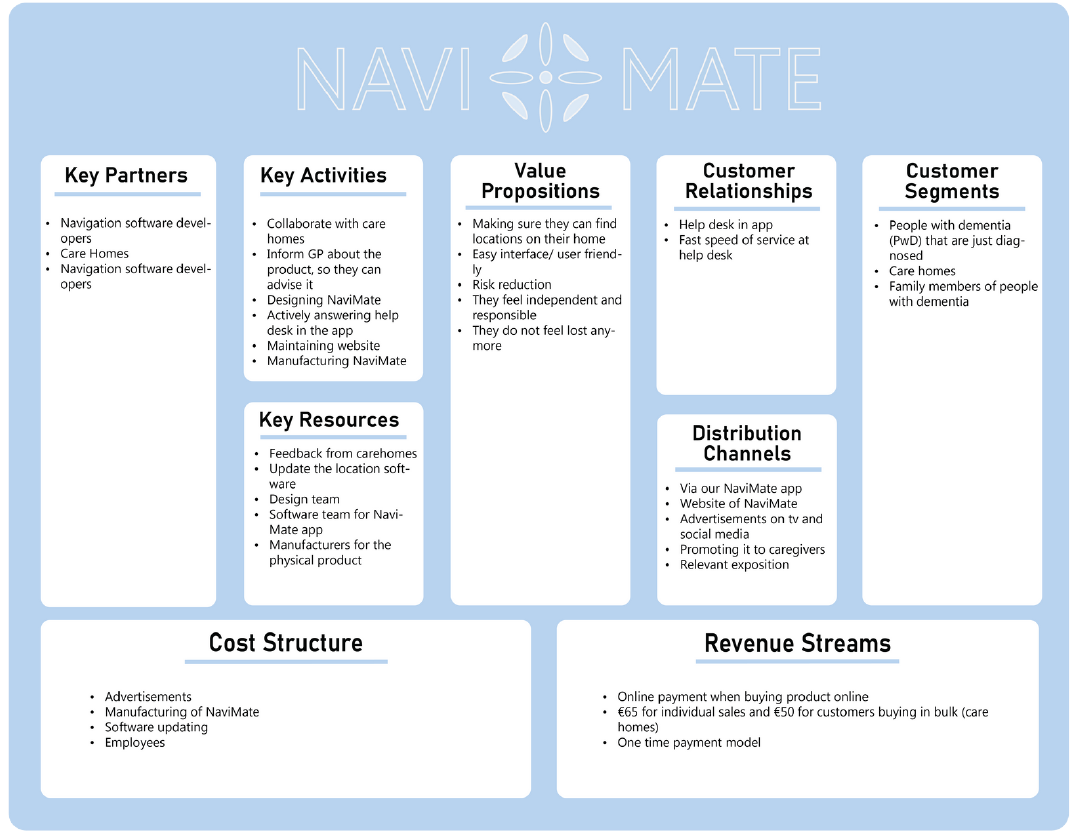
Project 2 BMC
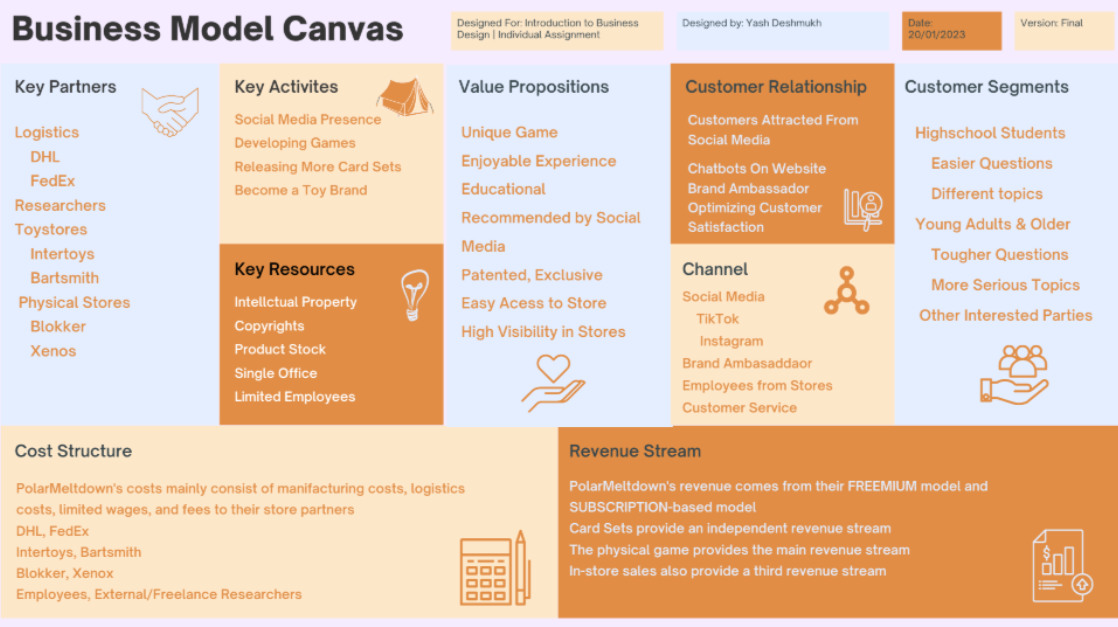
Polar Meltdown BMC
Business & Entrepreneurship
Business & Entrepreneurship has been a consistent layer in many of my projects, particularly in exploring the real-world viability of my design concepts. I developed multiple Business Model Canvases throughout my bachelor, learning to assess value propositions, customer segments, and revenue streams. This was most prominent in my Final Bachelor Project, where I not only created a detailed BMC but also discussed its feasibility with industry experts to better understand the path from concept to implementation. I also applied this approach in earlier projects such as Navisense and Project 2, integrating budget considerations, scalability, and potential partners into the design process. This mindset allowed me to connect user-centered design with business impact—shaping ideas into solutions that could realistically reach the people who need them.
